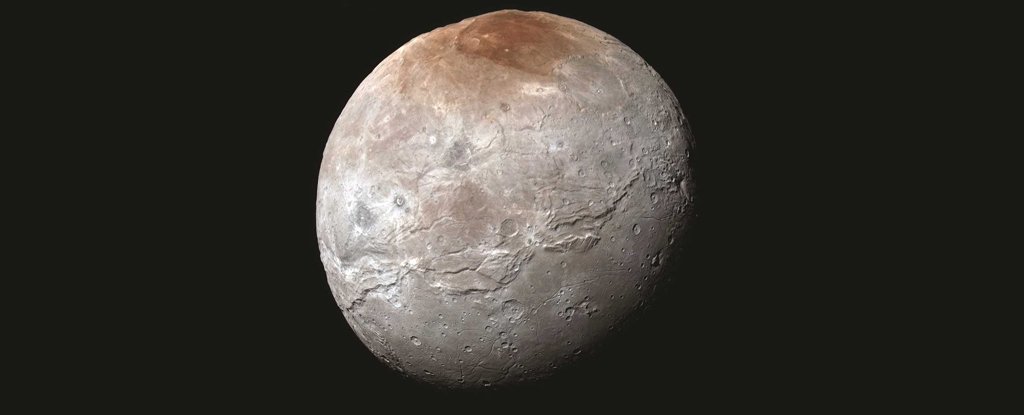Ever since New Horizons snapped the moon's rust-tinted north pole on its 2015 flyby, scientists have pondered the planetary processes responsible for leaving such a bold landmark.
Scientists initially suspected the iron-colored smear (nicknamed Mordor Macula) was methane captured from Pluto's surface, its red color the result of a slow baking in the Sun's ultraviolet light.
"Prior to New Horizons, the best Hubble images of Pluto revealed only a fuzzy blob of reflected light," says Randy Gladstone, a planetary scientist from the Southwest Research Institute (SwRI) in the US.
"In addition to all the fascinating features discovered on Pluto's surface, the flyby revealed an unusual feature on Charon; a surprising red cap centered on its north pole.".
As faint as it was, the spring dawn could be sufficient to melt the methane frost, driving it from the surface again.
During this brief period, a pall of methane frost just tens of microns thick would evaporate at one pole as it began to freeze over at the other.
"Ethane is less volatile than methane and stays frozen to Charon's surface long after spring sunrise," says planetary scientist Ujjwal Raut, lead author of a second study that modeled changes in the densities of methane evaporating and freezing.
